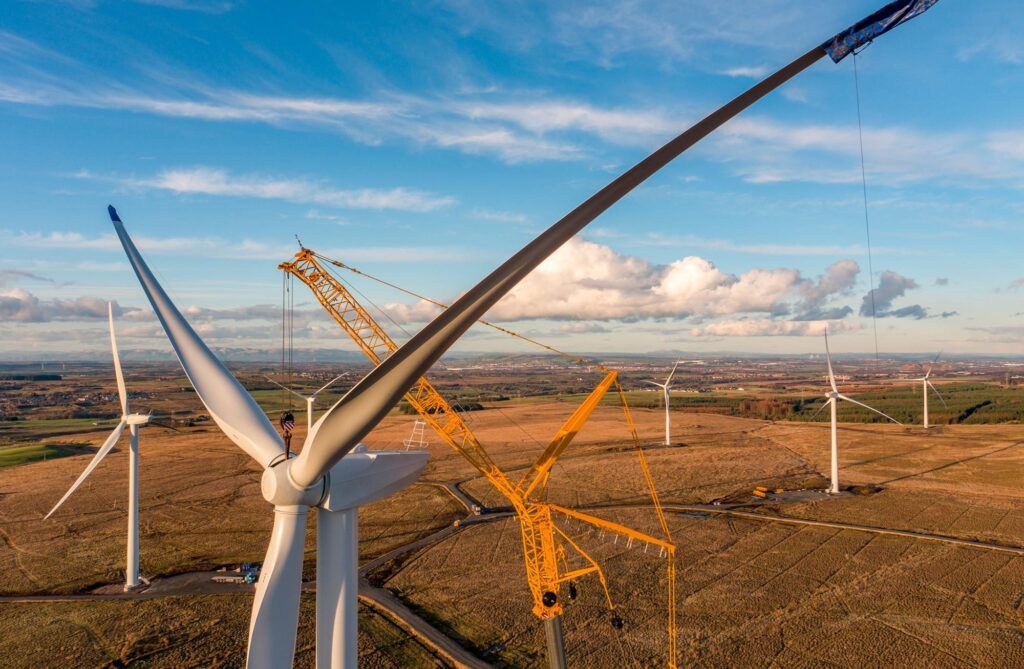India will require around $500-700 billion in renewables investments in the next 10 years to meet its ambitious renewable energy targets, says the latest study byThe Institute for Energy Economics and Financial Analysis (IEEFA)
India has set targets of 144 GW by 2022, and 523 GW by 2030, which are achievable with the right policy that will nurture investor confidence, the study says.
The study spotted a huge investment opportunity, for investors seeking steady long-term returns, in India’s electricity and transportation sectors to provide new generating capacity and grid development by 2030. The report cites the survey by Singapore-based EDHEC Infrastructure Institute (EDHECinfra) and Global Infrastructure Hub (GI Hub) that said at least 130 global asset owners with a total of $10 trillion of assets saw India as the best market for infrastructure growth potential among the growing economies.
IEEFA says India’s introduction of the reverse bidding auction policy in 2017 has been a major success in delivering deflation in 2019. Reverse bidding brought transparency and competition into the renewable sector, removing the scope for corruption seen in traditional investment processes across Asia.
The study explained the ascent of renewables in light of the continuous decline of coal. India’s thermal capacity additions hit a decade low in FY2018/19. According to IEEFA, net capacity additions from coal over the past three years have been 7GW, 5GW and just 3.4GW, respectively. Although India lost momentum by adding only 10.3 GW of renewable capacity last year, despite record low solar and wind tariffs, renewables have jumped back with the government winning a second term in May. Consider this: tendering activity accelerated in June 2019 with 13GW of renewable energy auctioned and tendered in that month. IEEFA says all of the tariffs, contracted for 25 years, were 20-30% less than NTPC’s average domestic coal-fired power tariffs.
The study credits the state’s attempts to attract investment. India is set to remove the priority lending limit for the renewable energy sector to allow private banks to lend more to renewable energy infrastructure projects. The government is also setting up renewables as a standalone sector, separate from the debt-ridden power sector.
The study said the new payment security mechanism for power generators is also a significant safeguard. IEEFA says a battery manufacturing tender can attract up to a US$50 billion investment “Make in India” opportunity for global investors.
However, the IEEFA study flags policy headwinds that the sector faces, including state discoms forcing developers to agree to lower tariffs. The study cites the ongoing Andhra Pradesh case for renegotiation of tenders that developers signed with the previous government, which the new government alleges were corrupt and binds the state in a 25-year-long contract of tariffs well above the cost available today. IEEFA says sanctity of projects must be protected to boost global investor confidence “at a time when India is seeking a massive US$500 billion+ of new investment in the electricity sector alone by 2030.” Unless corruption can be proven, the rule of law should prevail, says the report.
The study also criticises “too aggressive” tariff caps, calling for their revision. IEEFA calls lower caps “a false economy” as the sector expects a massive capital investment. The study claims that “any tariff below Rs3/kWh is immediately materially lower than the current wholesale price, with deflation locked in for the 25-year contract life.”
About The Author
You may also like
India’s PLI Drives Growth in Solar Manufacturing Sector: Report
Global coal demand growth rate slows down as China shifts to renewable energy: Report
Air Pollution is Changing the Lightning Patterns in India, Study Finds
BlackRock plans to invest ₹3,000 crore in Aditya Birla Renewables
In 2025, costs of storing renewables with batteries have fallen to its lowest ever: Report

